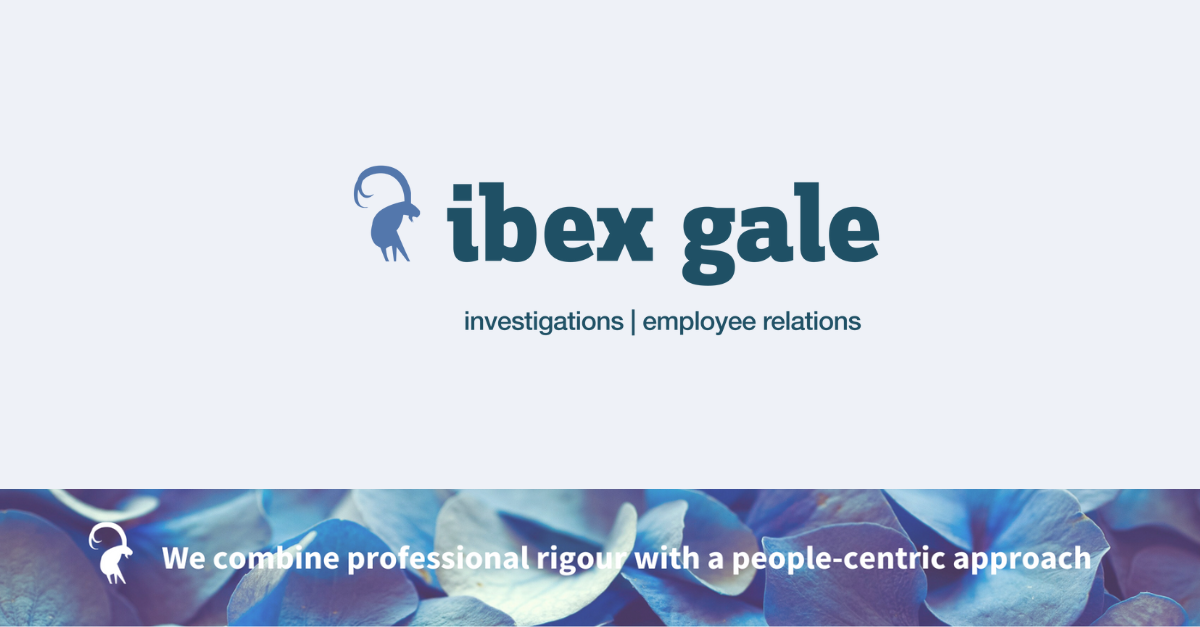We’ve heard so much about toxic cultures in the media over the last few years. There isn’t a month that goes by when we’ve not witnessed the impact of some of the most high-profile scandals, involving toxic cultures, both here around the world.
Many of these scandals you will no doubt be familiar with. The catastrophic downfall of the Royal Bank of Scotland which cost the UK government £27 billion. The VW Emissions scandal where programming of a piece of technology allowed emission testing to be passed under laboratory conditions. Our NHS has also and continues to have many scandals which hit the headlines; Mid Staffs which highlighted systematic failures that had dire impact on staff and patients.
One of the most recent hitting our collective consciousness is the Post Office Horizon IT scandal. Despite this being several decades old in terms of when it started, and elements being publicly known about, it was only when the stories of the people involved were told in the TV show ‘Mr Bates vs The Post Office’ did the impact on those involved really hit the collective consciousness.
As these scandals have hit the headlines, the curious ask questions to understand such as:
· Did individuals in the organisations speak up?
· Did people working in the organisations condone the behaviours and actions?
· What was the role of leadership?
· What were individual responses and reactions to what was happening?
· When people did speak up and raise concerns why weren’t they listened to?
These scandals make headlines and cause outcry; but how did they start and what allowed them to develop?
All groups, organisations and teams have a culture. This culture is shaped by everyone in the team consciously and unconsciously. When we undertake cultural reviews we have the privilege to hear people’s stories of how, from their perception, it feels to be with teams and groups. These stories allow us to identify clear themes that are indicative of toxic and dysfunctional teams. This causes issues for both individuals within the teams and the delivery of the service.
Examples of the themes we hear:
Communication
We often believe we are communicating effectively and efficiently. However, what we hear from staff is that this is so often not the case. Staff we speak to will frequently tell us they don’t feel listened to by leaders, that they aren’t aware of what’s going on, and that there is a disparity between what is ‘said’ and what is done. Leaders will have the opposite views believing they communicate frequently to inform and engage.
We know that the meaning of any communication is the response that is received. Are leaders checking how communication is received and understood? Are staff really listening to each other with curiosity or fascination to understand, or listening to respond?
Leadership
Leadership always plays a crucial role in influencing culture and leaders throughout an organisation and has an immense impact on those around them. How leaders communicate, behave and respond is consciously and subconsciously absorbed as it influences those around them.
Staff we speak to in culture reviews frequently share that leaders don’t listen to and understand the challenges staff are facing. The creates the perception that leaders don’t care and don’t value individuals within the teams. Leaders not doing what they say they will do but also not responding to individuals or teams to update them further supports the belief we often hear that staff don’t matter.
We hear from staff that leaders in toxic cultures often close down debate, don’t listen or value everyone’s contribution and are frequently focused on just getting the job done. It’s critical that leaders create and shape a culture where everyone is involved and engaged and that everyone’s thoughts, views and ideas are heard and valued.
Belonging
In teams where cultures are developing toxic traits a sense of belonging is frequently missing. We hear from colleagues that they can’t be open about themselves, they don’t feel like they belong, they feel ‘othered’, made to feel different and are reluctant to speak up, share ideas or raise concerns.
We know that there are many benefits to an organisation from having diverse and inclusive teams. Teams in which individuals can be their authentic selves. That inclusivity, that sense of belonging, for everyone helps creates the environment where individuals can thrive, be their best selves and do their best work.
Behaviours
Toxicity in teams is often most starkly reflected in the behaviours of staff towards each other. These behaviours can present in many different forms from mild incivility, blatant incivility, to behaviours which could be classed as bullying and harassment.
Staff we’ve spoken to have shared a huge range of examples of poor behaviours experienced or witnessed. They feel this is condoned by leaders, and therefore the organisation, as they see no action is taken as a result.
We know that poor behaviour and incivility between people has a huge impact on those on the receiving end and those witnessing it, negatively impacting on performance and culture.
Change
During times of change, which seem to pretty constant, a team culture which is becoming toxic likely displays as most dysfunctional.
All too often we hear from staff that change has been imposed on them, the rationale is ineffectively explained or understood, they are told to get on with it all of which have a detrimental impact on their involvement and engagement in the change.
During change, these are times when the importance of communication, leadership and behaviours are most critical. Being able to have a team engaged in the both the rationale for and the process of change is critical to implementing it effectively.
Psychological Safety
Threaded through all the other themes we’ve identified is the theme of psychological safety. Psychological safety is the perception of an environment where individuals feel comfortable expressing their ideas, concerns and opinions without fear of negative consequence.
That ability to have a different opinion to others, share new ideas, and raise concerns is directly influenced and impacted by behaviours within a team, the culture of how things are done around here. We see teams where poor behaviours are condoned, where leadership doesn’t appear to listen and communicates ineffectively, where team members don’t feel they belong and can’t be their authentic selves and where psychological safety is low. When change impacts these teams their ability to be agile and creative, adopt different ways of working are compromised.
For leaders of teams and organisations the ability to recognise and understand the early warning signs of toxicity is critical. They won’t be obvious, like the imperceptibly slow movement of a glacier, but the signs will be there if you are looking carefully. Possibly data will provide some information, but it’s in the stories from staff where the real culture (this is how we do things around here) is found.
Like a contagion, a toxic culture can spread outside of the immediate team to those who work on the periphery. Wider colleagues will be aware of ‘that’s the way they do things’ and it may slowly become the way things are done in other teams. Thus, a toxic culture can spread imperceivably, through an organisation to become the organisation. With the right environment and conditions, this could lead to some of the scandals already mentioned.
Therefore, the challenge to leaders at all levels is: use their skills to understand what it really feels like to be in their teams so that they are attuned to the warning signs that an unhealthy toxic culture is developing.
If you think your team would benefit from talking about your workplace culture as part of efforts to problem solve or innovate, please get in touch to find out more.
Author: Anne Linsell, Organisational Culture Specialist




